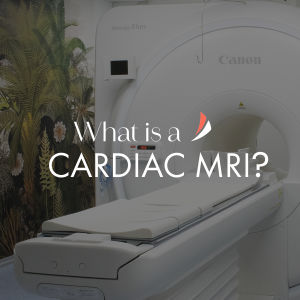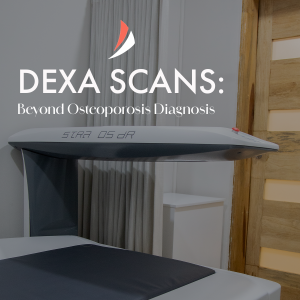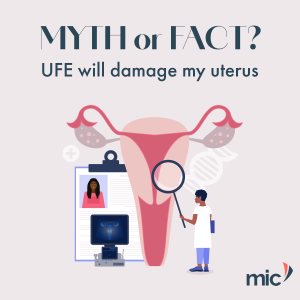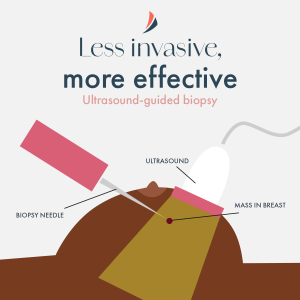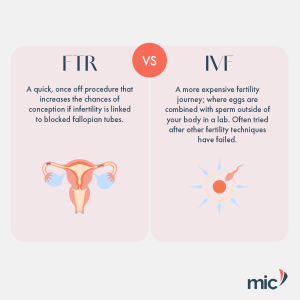Can stress cause fibroid symptoms to flare up?

Fibroids are non-cancerous growths in the uterus, that when severe, can significantly affect your quality of life. Stress doesn’t directly cause fibroids, but it can worsen the symptoms, leading to increased pelvic pain, heavier periods, and bloating. This happens when stress hormones like cortisol influence your body’s inflammatory response and hormone balance, exacerbating discomfort. Uterine Fibroid Embolisation (UFE) offers an effective, non-surgical treatment for fibroids and all of the associated symptoms. If you have been diagnosed and would like to learn more about UFE, please send us a DM or visit our website 👉🏾 https://mic.co.zw/ufe/

